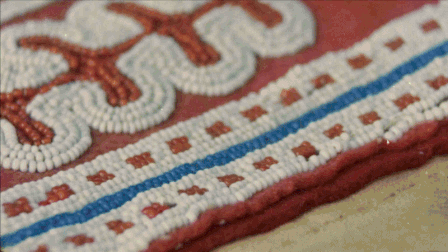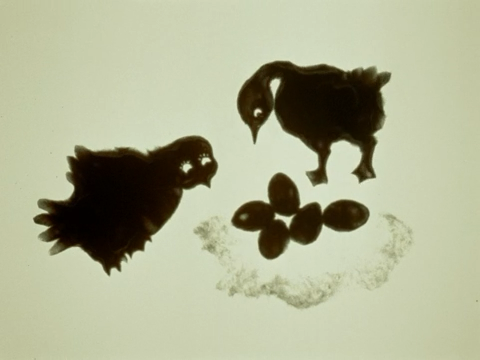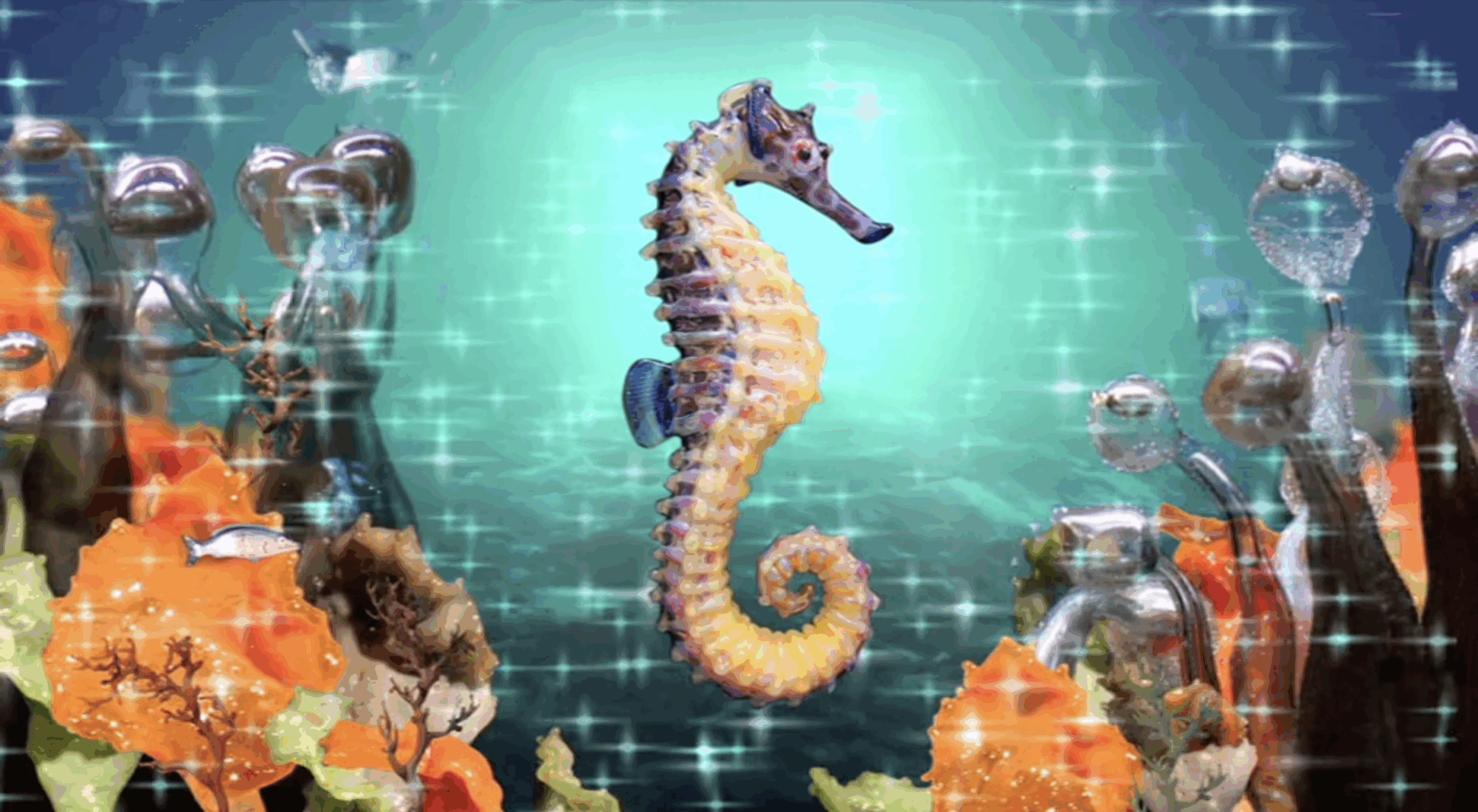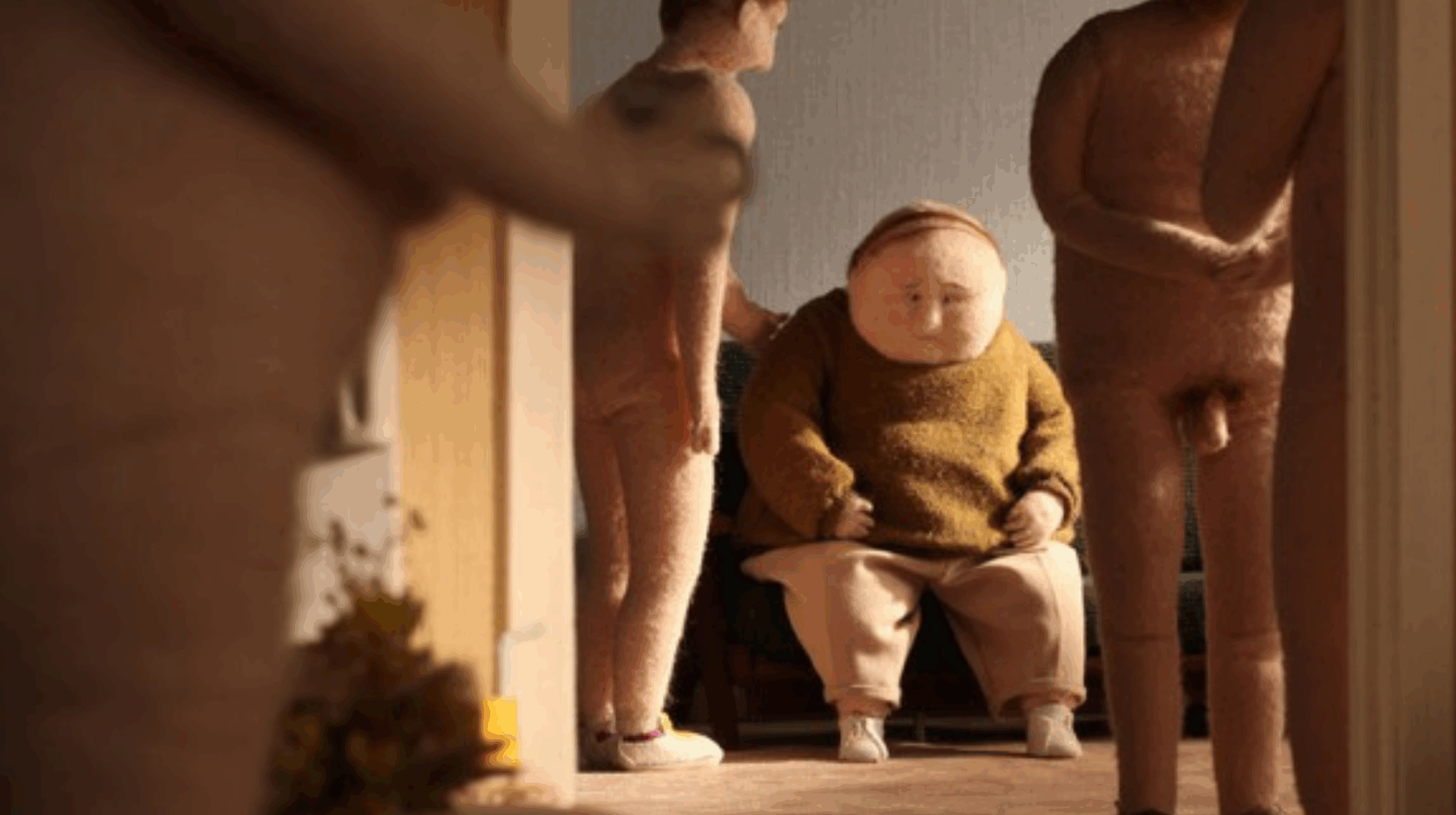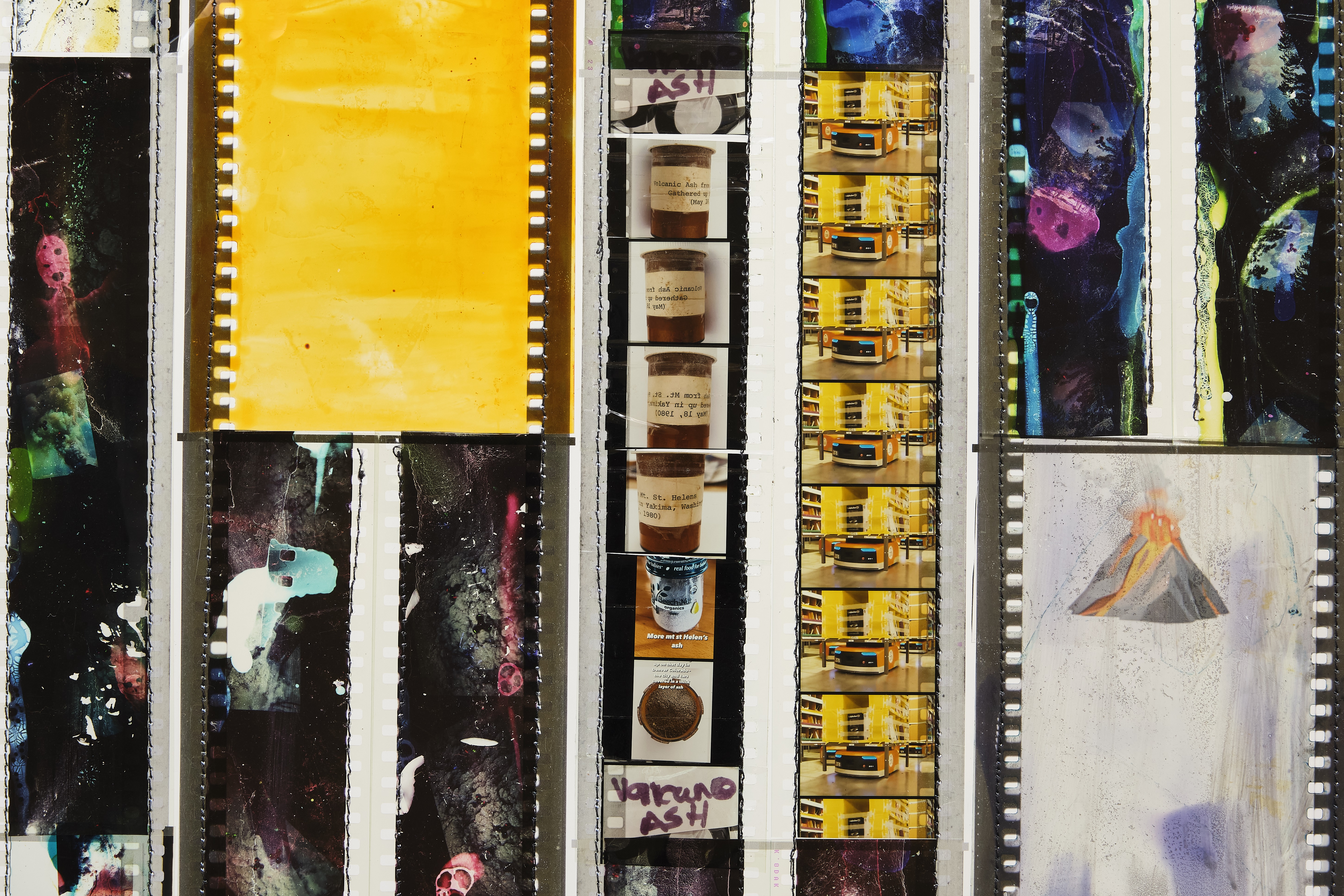Notes on the film
seeing her is animated using a handheld analog camera with Super 16mm film, which the filmmaker uses to study her great-grandmother Kumaa’naaq’s amauti—the traditional Inuit parka adorned with intricate beadwork. Departing from the expository tendencies of documentary portraits, McIntyre resists presenting the garment in its entirety, instead revealing it in fragments and flickers. This approach fosters an intimate, emotional encounter, honoring the intergenerational memory and cultural history held in the amauti. The garment is presented not as an artifact to be observed, but as a living extension of her ancestor’s presence.
The film’s animation effects are produced by rapid-frame repetition of the amauti’s recurring beadwork patterns and strobing flickers. Techniques like double exposure and soft depth of field further draw attention to the beadwork’s surface, often gleaming with gold reflections and misty warm hues. The delicate designs appear, disappear, and pulse across the screen—movement induced through superimposition and subtle shakes of the handheld camera. Having grown up without learning to speak Inuktitut, McIntyre was never able to fully communicate with her grandmother while the latter was alive. seeing her becomes a quiet testimony to how the artist connects with her matrilineal history through the alternative language of handcraft.
eadwork patterns are animated through repetition, with a wide shot recurring in varied orientations
Hand-processing the celluloid strips infuses the film with artefacts of its production—scratches, smudges, and uneven exposures—that reinforce the manual labour embedded in the amauti’s creation. These material disruptions imbue the film with a kind of aliveness and intimacy, where the surface pulses with the residue of touch and passage of time. The amauti is rendered as more an inert material object; it is something held by a past and bearing a presence. The film’s silence ultimately becomes a space of reverence, inviting the viewer to slowly and respectfully partake in a deeply personal act of remembrance.
celluloid scratches and other hand-processing traces, layered images, and flickering patterns are used to visualize sensory memory
Lindsay McIntyre artist website
Check out Lindsay McIntyre’s filmography, which continues to explore Inuit identity and analog filmmaking.
Lindsay McIntyre websiteAbout the amauti
To learn more about the amauti – its rich history and cultural significance– explore this detailed article by the British Museum.
Object in Focus: Arctic amautis (mothers’ parkas) | British Museum




